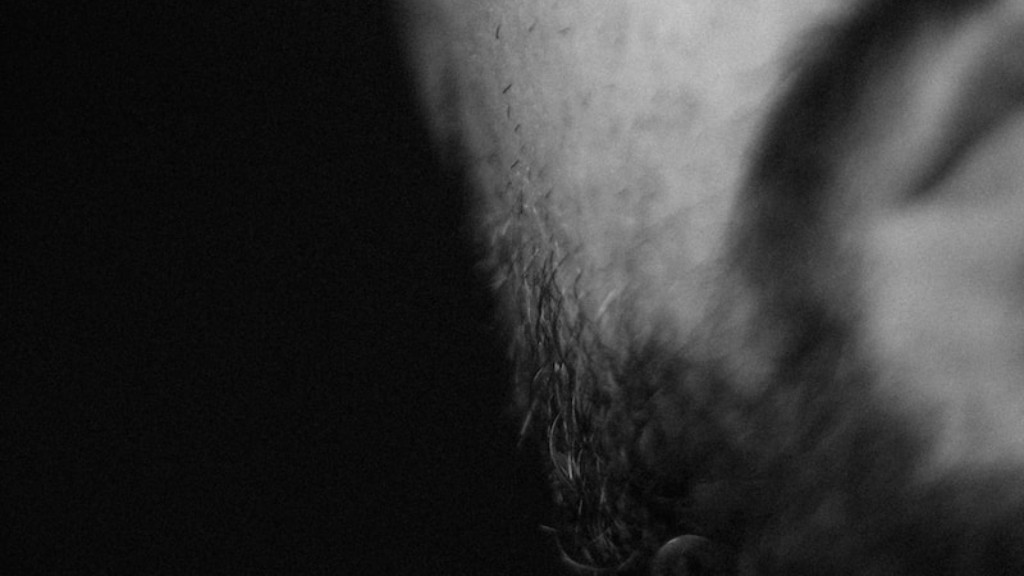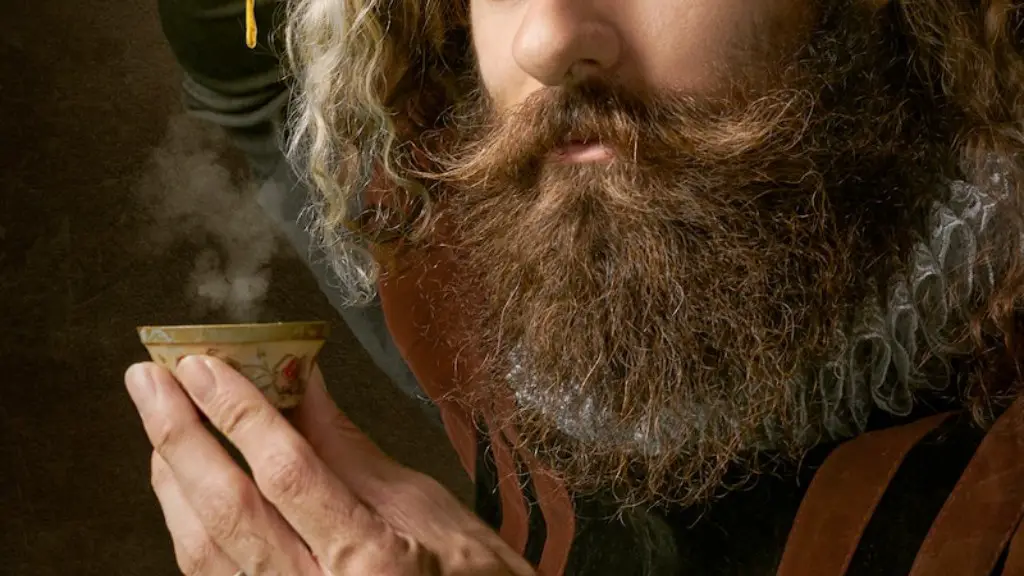Symptoms Of Beard Dandruff
Beard dandruff is a condition that causes flakes of skin to form on an individual’s facial hair. It typically appears on the back of the neck or around the chin, but it can occur anywhere facial hair is present. Symptoms of the condition can vary, but they typically include patches of red scaly skin, itchiness, and discomfort. The cause of beard dandruff is not completely understood but it has been linked to a number of factors such as poor diet, an inability to properly groom the beard, and common skin conditions such as psoriasis, seborrheic dermatitis, and acne.
Tips For Managing Beard Dandruff
Experts agree that regular exfoliation is the best way to get rid of beard dandruff. Gently exfoliating the facial hair will help remove the flakes of skin that are causing the flakiness. Individuals should also take care to keep their facial hair properly groomed. This means combing and brushing the beard regularly. Combing and brushing will help distribute the natural oils of the beard, which help to prevent dryness and flakiness.
In addition to proper grooming, diet and hydration are key components of managing beard dandruff. Eating a healthy, balanced diet and drinking enough water can help keep the skin and hair healthy, and can also help reduce the risk of developing beard dandruff. When individuals are not able to properly groom, exfoliate and hydrate their beard, they should consider cutting their facial hair short and avoiding styling products such as hairspray.
Experts also recommend avoiding certain hygiene and grooming products that may be contributing to the development of beard dandruff. Harsh shampoos and soaps can cause a buildup of oils on the skin, which can lead to flakiness and irritation. Individuals should also avoid using hairspray, gels, and waxes to style their beard.
Products To Help Fight Beard Dandruff
When individuals experience severe flaking or itching, they may need to use a specialized product. There are several types of products available that can help fight beard dandruff. One such product is beard oil. Beard oils are made from natural ingredients such as essential oils, which help to nourish the hair follicles and soothe the skin beneath. Individuals with sensitive skin should be sure to look for products specifically designed for sensitive skin, as certain products may be too harsh.
Beard balms are another common product used to fight beard dandruff. Like beard oils, beard balms are designed to nourish and hydrate facial hair. However, unlike beard oils, beard balms also contain beeswax, which helps to create a thicker consistency. This allows for a more even coat of oil, which can help reduce flaking and itching.
Covering The Problem
In some cases, individuals may need to use a beard cover-up product to conceal their beard dandruff. These products range from simple dusting powders that help to absorb excess oils, to specialized concealers that can be used to disguise the appearance of red and flaky skin.
Medical Treatment
When all other attempts to manage beard dandruff have failed, individuals may need to see a doctor or a dermatologist. Depending on the severity of the case, doctors may be able to prescribe topical medications or ointments that help to reduce inflammation and flaking.
Reality vs. Misconceptions
Despite what many believe, having beard dandruff does not mean that an individual is unclean or “unhygienic”. In reality, beard dandruff is a common skin condition that affects both men and women. Even individuals who regularly groom and clean their beard can develop the condition.
Facial hair can also play a role in the development of beard dandruff. People with thick, curly, or coarse facial hair may be more prone to flaking and itching on the skin. This is because dense facial hair can trap dirt and oils more easily than fine or sparse facial hair.
Stay Positive
Dealing with beard dandruff can be challenging, but it is important for individuals to stay positive and remember that it is a treatable condition. Regularly exfoliating, drinking plenty of water, washing the beard with gentle cleansers, and avoiding certain hygiene and styling products can all help to reduce the symptoms of beard dandruff. If the condition persists, individuals should be sure to speak to a doctor or dermatologist for advice on potential treatments.

